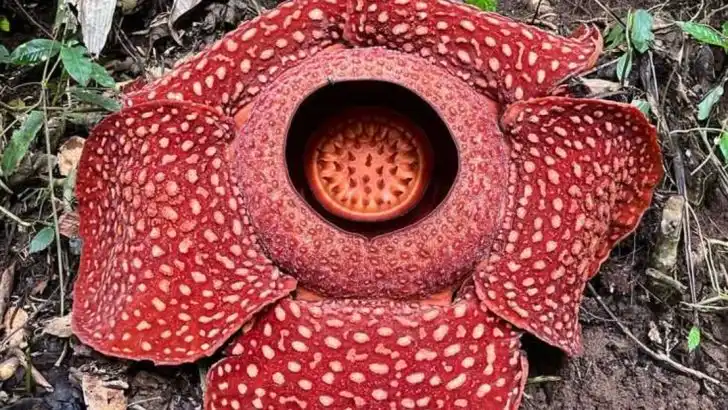Some plants defy scientific understanding, exhibiting bizarre traits, unexplained behaviors, or mysterious origins that continue to puzzle researchers. From flowers that bloom unpredictably to plants with unusual survival mechanisms, these botanical enigmas challenge what we know about nature. In this article, we explore 11 mysterious plants that have no known scientific explanation, offering a glimpse into the strangest wonders of the plant world.
Ghost Orchid
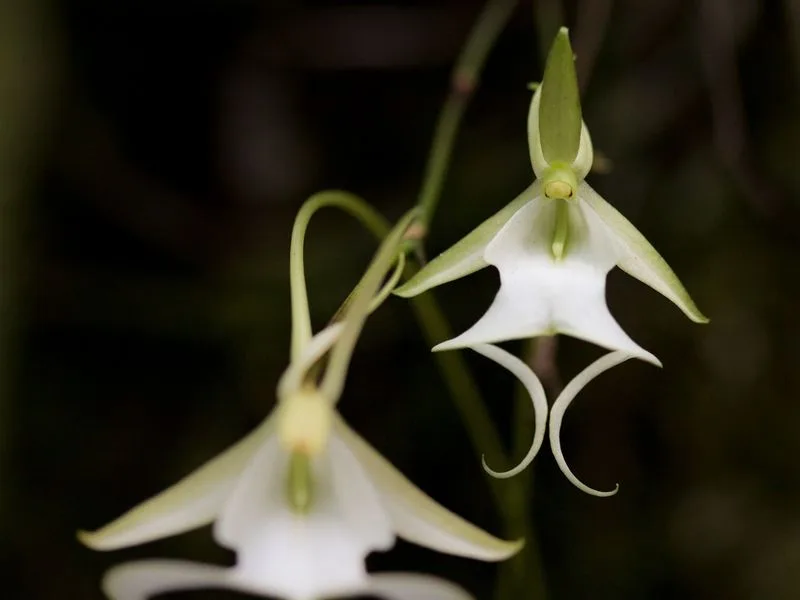
This elusive gem is famed for its spectral appearance and unique growth pattern. Found primarily in Florida’s swamps, it lacks leaves and relies entirely on its roots for photosynthesis. Its ethereal white flowers seem to float in mid-air, adding to its mystique. Thriving on a delicate ecological balance, it remains a botanic enigma as scientists struggle to cultivate it outside its natural habitat.
Corpse Flower
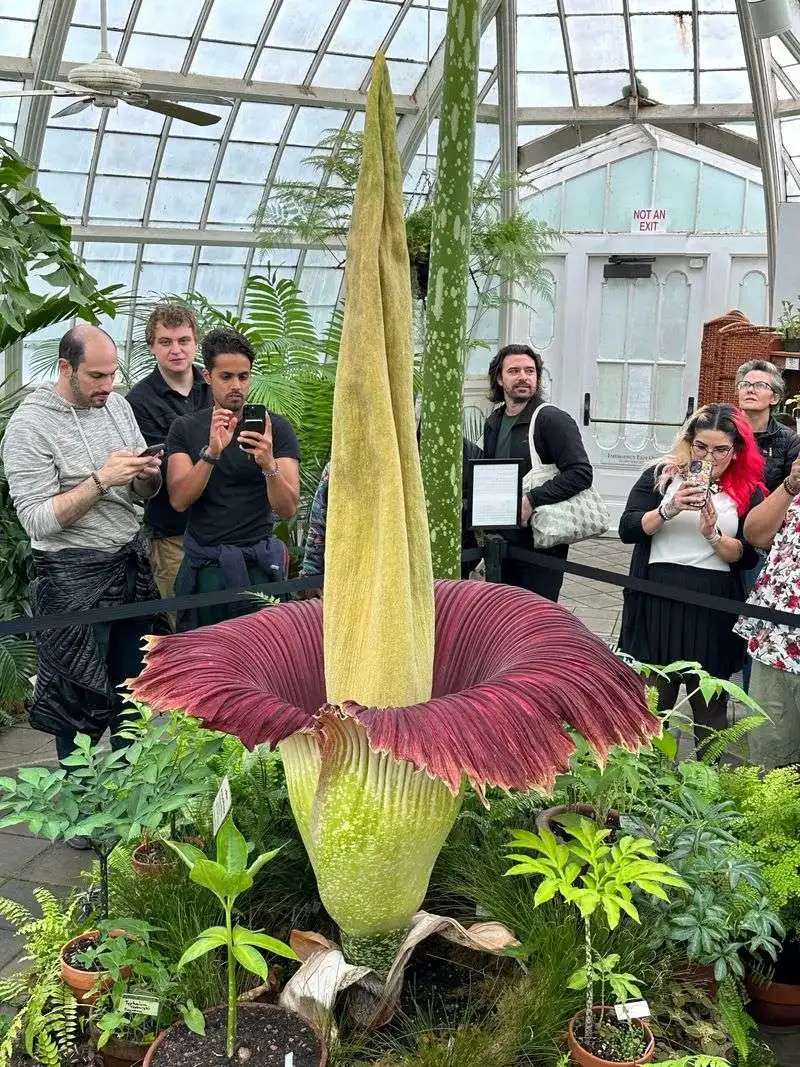
Known for its colossal size and pungent odor, the Corpse Flower fascinates and repels simultaneously. Native to Sumatra’s rainforests, it blooms infrequently, keeping botanists guessing about its life cycle. Its enormous, deep maroon petals exude a scent reminiscent of decaying flesh, attracting carrion beetles for pollination. Despite extensive research, its erratic blooming schedule remains a mystery.
Welwitschia Mirabilis
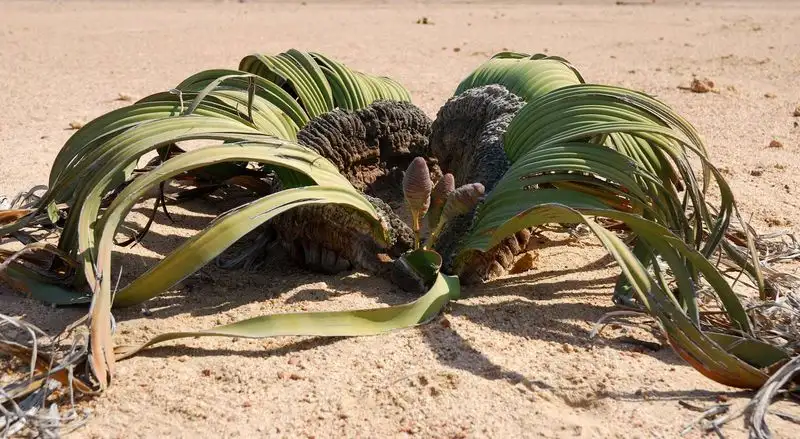
This plant defies logic with its bizarre appearance and extreme longevity. It grows in the Namib Desert and consists of only two leaves that continuously grow and fray over centuries. Surviving on minimal moisture, it’s a testament to adaptability. Its growth rings and reproductive biology puzzle scientists, challenging our understanding of plant life.
Lithops

Often mistaken for stones, Lithops are masters of disguise. These succulents have adapted to blend seamlessly into their rocky environment in Southern Africa. Their camouflage and water storage efficiency are well-studied, yet their precise evolutionary path remains unclear. Their ability to deceive predators and conserve water is a natural marvel.
Hydnora Africana
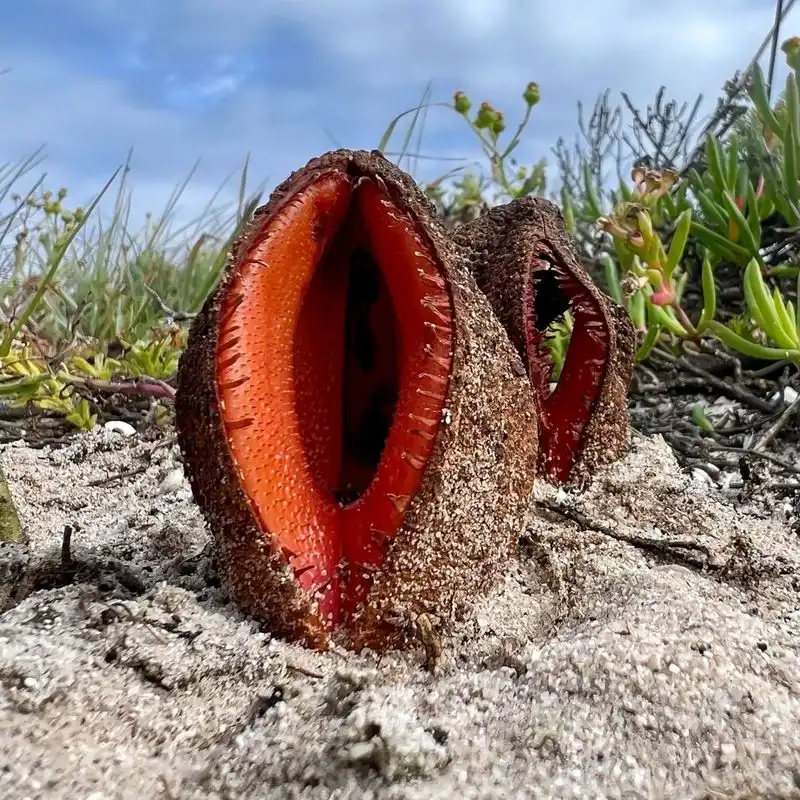
Hydnora Africana breaks conventional plant norms by living underground and lacking chlorophyll. It parasitizes roots of nearby plants, emerging with bizarre, fleshy flowers to lure pollinators with a carrion-like odor. Its subterranean lifestyle and dependence on specific host plants make it an evolutionary puzzle, challenging traditional botany.
Venus Flytrap
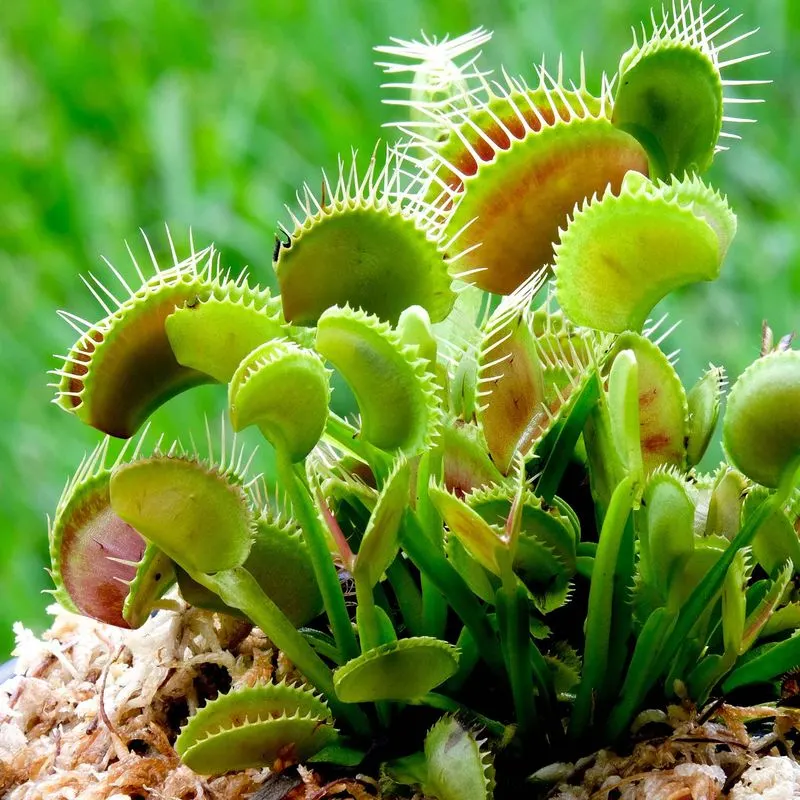
This carnivorous plant is renowned for its rapid movement and insect-trapping efficiency. Native to North and South Carolina, it possesses jaw-like leaves that snap shut on unsuspecting prey. While its mechanism is well-studied, its evolutionary origin and energy-efficient closure remain partially unexplained. It embodies nature’s unending quest for survival ingenuity.
Rafflesia Arnoldii

Rafflesia Arnoldii challenges our understanding with its parasitic lifestyle and massive bloom. It produces the world’s largest flower, yet lacks stems, leaves, or roots. Found in Southeast Asia, it lives entirely within a host vine, emerging only to bloom. The complexity of its life cycle, dependent entirely on a host, sparks ongoing scientific debate.
Yareta
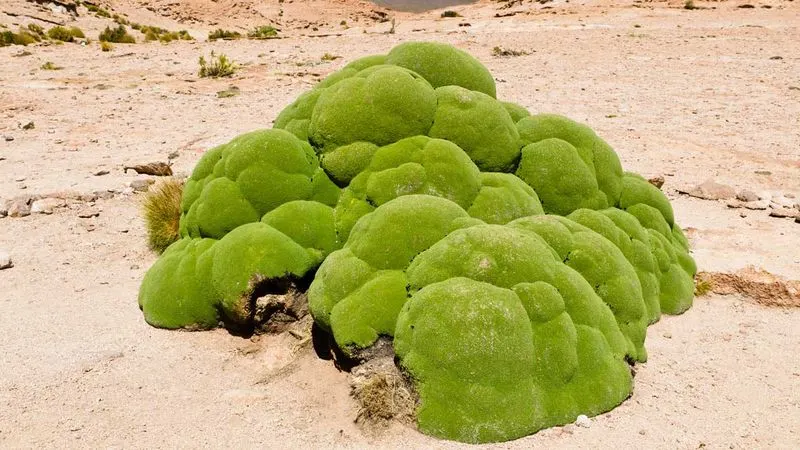
Yareta fascinates with its dense, cushion-like growth and extreme age. Found in the high Andes, it appears as a solid, emerald mass clinging to rocks. Its slow growth and remarkable resilience to altitude and cold challenge our understanding of plant survival. How it thrives in such harsh conditions remains a topic of ongoing research.
Puya Raimondii

Puya Raimondii impresses with its giant size and unique flowering cycle. This plant, from the Andes, forms massive rosettes and blooms only once in a century. Its towering flower spike and intricate pollination process are subjects of fascination. Despite its grandeur, why it blooms so infrequently remains a mystery in botanical circles.
Dragon’s Blood Tree
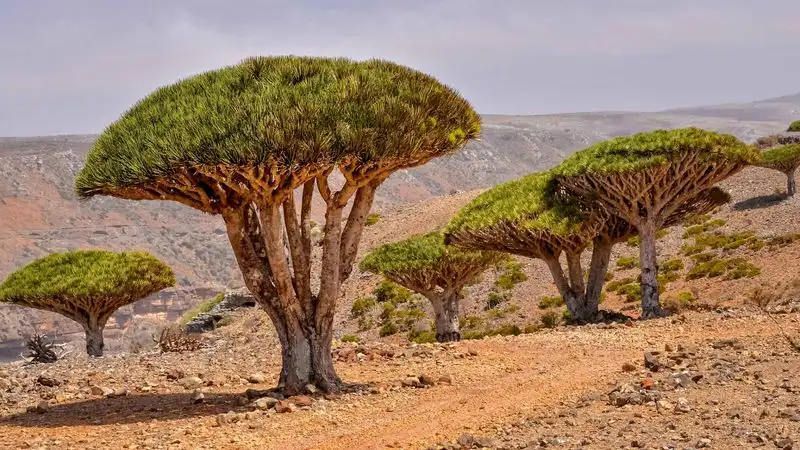
The Dragon’s Blood Tree stands out with its umbrella-like silhouette and red sap. Native to Socotra, its blood-red resin has mystified cultures for centuries. Its unique branching and adaptation to arid conditions intrigue botanists and ecologists. The exact purpose of its crimson sap and unusual form continues to stimulate scientific inquiry.
Bristlecone Pine
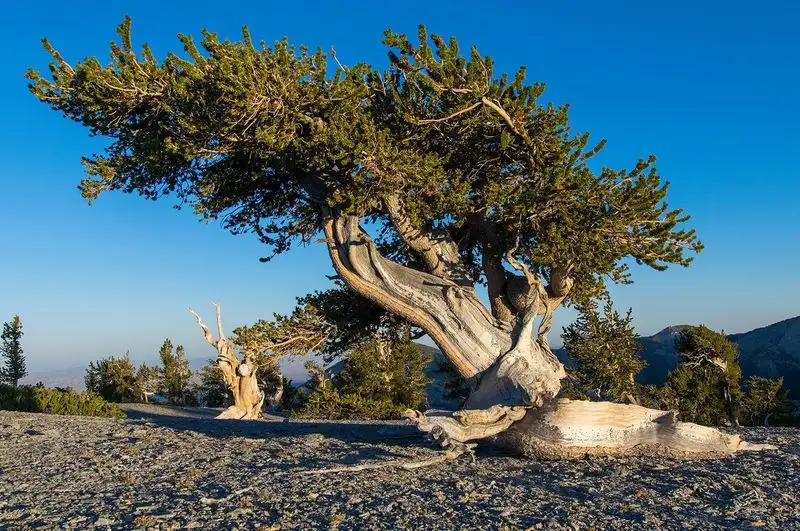
Bristlecone Pine is revered for its longevity, thriving for thousands of years in harsh mountain climates. Found in North America, its dense wood and slow growth rate are adaptations to extreme conditions. Its survival strategies, including minimal water needs and resistance to pests, create a living archive of environmental history that scientists continue to study.

